Resolve to Give Students What They Need This Year: Critical Thinking Skills
JANUARY 15, 2025
As the calendar turns each January, many of us take time to reflect on the past year and resolutions for the year ahead. The beginning of second semester is also a great time for educators to consider what is and isn’t working in their current curriculum and make plans for the next school year. One of the most impactful resolutions teachers and educational leaders can make this year is to help students develop critical thinking skills.
What Is Critical Thinking?
Critical thinking is the ability to analyze, evaluate, and synthesize information to form reasoned judgments and solve problems. It involves asking questions, considering multiple perspectives, and applying logic and evidence to support conclusions. Rather than simply memorizing facts, students with strong critical thinking skills learn how to connect ideas, identify patterns, and make informed decisions—key abilities in a rapidly changing world.
The Foundation for Critical Thinking defines critical thinking as “the intellectually disciplined process of actively and skillfully conceptualizing, applying, analyzing, synthesizing, and/or evaluating information gathered from, or generated by, observation, experience, reflection, reasoning, or communication, as a guide to belief and action.” This definition highlights several key components of critical thinking:
- Conceptualizing: The ability to see the bigger picture, frame problems, and identify the core concepts within a topic or challenge.
- Applying: Using knowledge and skills in real-world contexts to make connections and find practical solutions.
- Analyzing: Breaking down complex information into smaller parts to understand relationships, causes, and implications.
- Synthesizing: Combining ideas and information from various sources to create new understanding or propose innovative solutions.
- Evaluating: Assessing the credibility of sources, the validity of arguments, and the strength of evidence to make sound judgments.
These higher-order thinking skills are at the core of critical thinking, pushing students beyond rote learning to actively engage with content. In fact, closing the critical thinking gap is one of the most effective ways to accelerate learning for students who are struggling to learn grade-level content.
The Role of Critical Thinking in Student Success
Critical thinking is the cornerstone of learning—not just in the classroom, but in all facets of life. To truly understand and retain what we are taught, we must actively engage with content and ideas. Critical thinking fosters this engagement by encouraging students to question, analyze, and connect concepts, laying the groundwork for meaningful and lasting learning.
One key aspect of this process is schema building—the creation and refinement of mental frameworks that organize and store knowledge. As students engage in critical thinking, they integrate new information into their existing schemas, deepening their understanding and making it easier to recall and apply knowledge in new contexts. For example, when learning about ecosystems, a student might link this new information to prior knowledge about food chains, environmental conservation, or personal experiences with nature. These connections not only enhance comprehension but also enable students to think more flexibly and solve problems more effectively.
In the classroom, critical thinking and schema building empower students to move beyond surface-level memorization to develop a deeper understanding of complex concepts. They learn to identify patterns, evaluate evidence, and construct logical arguments. These skills are equally vital as students move through postsecondary education and into the workforce.
Critical Thinking vs. Content: The Two Parts of Every Standard
Content knowledge and critical thinking are often seen as competing priorities, but they are, in fact, two sides of the same coin. Both are essential for meaningful and effective learning, and neither can stand alone. Content provides the foundational knowledge students need to engage with a subject, while critical thinking equips them to apply, analyze, and expand upon that knowledge. Every educational standard includes these two essential components:
- Content: The facts, concepts, and information that students are expected to learn. This might include historical facts, scientific principles, mathematical formulas, or literary themes and plotlines.
- Thinking: The skills and processes students use to work with that content. This might involve categorizing and organizing information, identifying causes and effects, analyzing structures or relationships, considering evidence, evaluating arguments, solving problems, or creating original works.
Here are a few examples.
Texas Essential Knowledge and Skills for Social Studies, 6th grade, Part 7B: Compare and contrast free enterprise, socialist, and communist economies in various contemporary societies, including the benefits of the U.S. free enterprise system. The content includes basic facts about each economic system. Thinking skills include compare and contrast (identifying how the systems are similar to and different from one another) and cause and effect (identifying the positive effects or benefits of a free enterprise system).
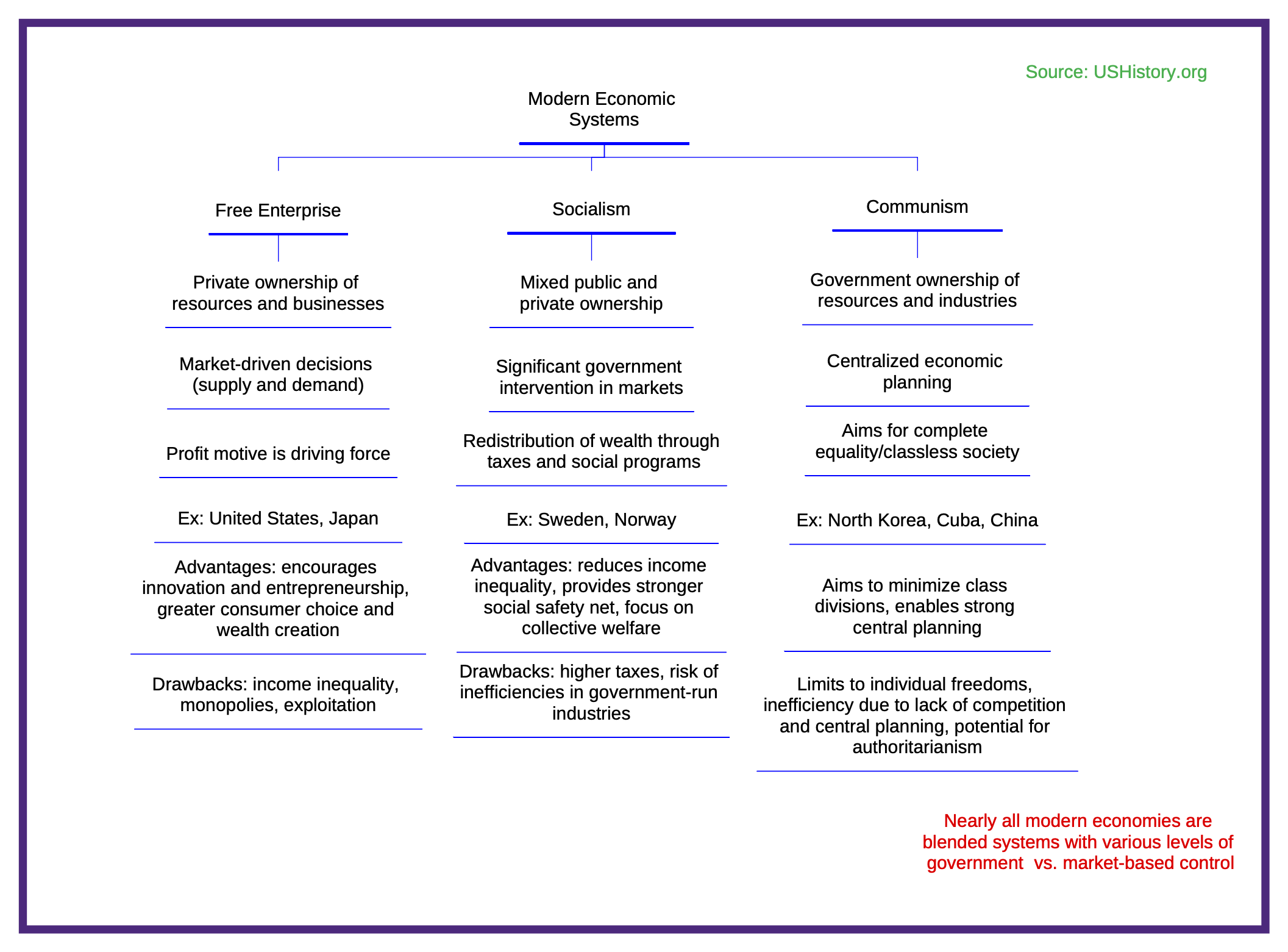
Illinois Middle School Science Standards, LS2-2: Develop a model to describe the cycling of matter and flow of energy among living and nonliving parts of an ecosystem. Content includes all the components of an ecosystem and their roles. Thinking required includes classification (e.g., living vs. non-living, producers vs. consumers) and sequencing (following the flows of matter and energy between ecosystem components).
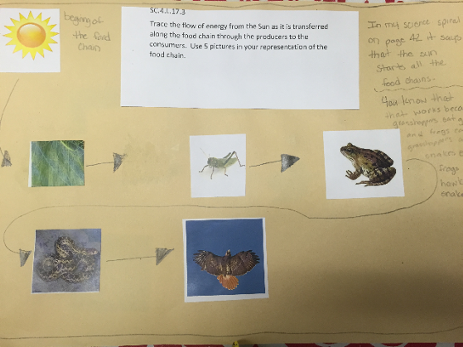
Florida ELA.6.R.1.1: Analyze how the interaction between characters contributes to the development of a plot in a literary text. Students may use a variety of thinking processes to analyze the content of a story, including sequencing (explaining what happened and in what order), compare and contrast (analyzing how characters are the same or different), and cause and effect (determining how a character’s traits, decisions or actions influence the distraction of the plot).
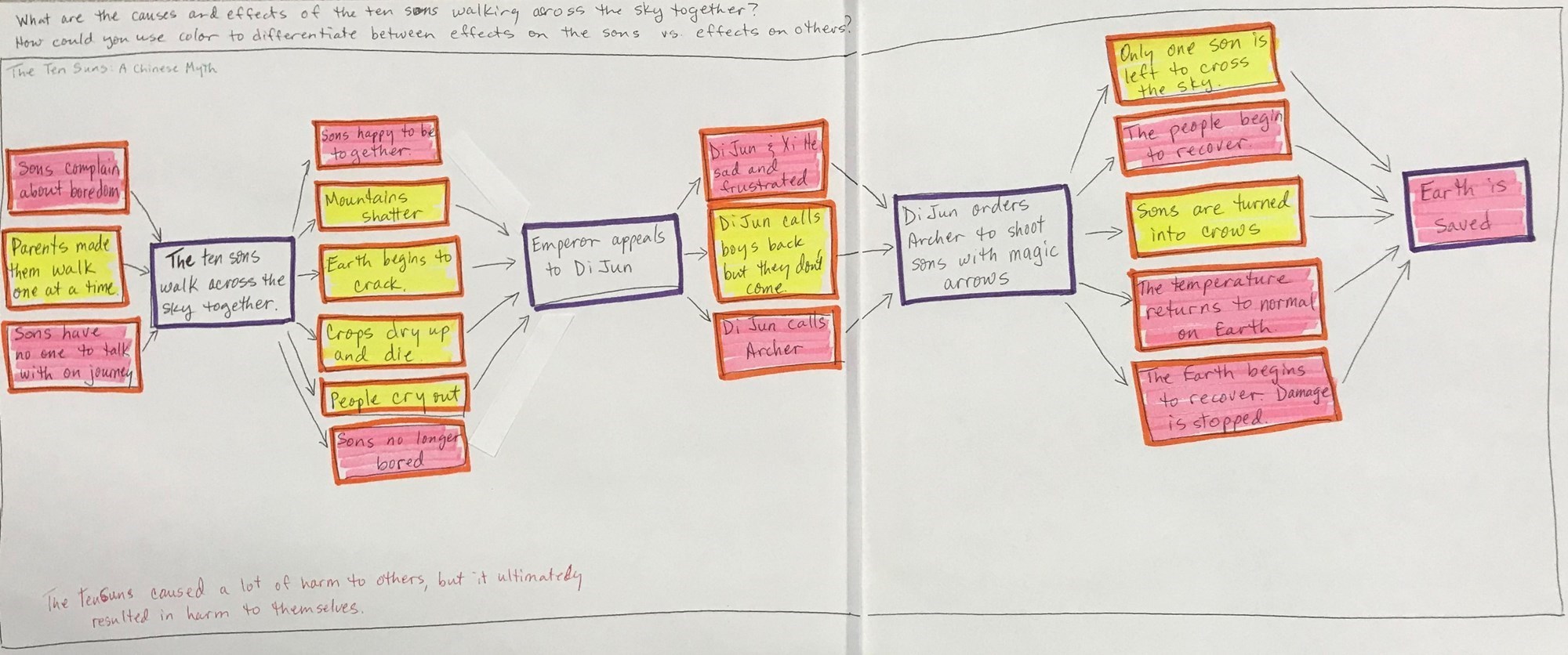
By integrating content and critical thinking, educators can create a well-rounded approach to learning. Teaching content without fostering critical thinking leads to surface-level memorization, where students may know the “what” but struggle with the “why” or “how.” On the other hand, emphasizing critical thinking without sufficient content can leave students with the tools to analyze but no meaningful information to analyze. The two must work together to build both depth and breadth of understanding.
How to Grow Critical Thinking Skills in K-12 Education
Thinking Maps provide a powerful framework for fostering critical thinking skills in students by providing visual tools that help them organize, analyze, and synthesize information. These tools are designed to align with how the brain naturally processes information, making abstract thinking more concrete and accessible for learners of all levels.
In Thinking Maps schools, students learn how to identify the type of thinking required for a task or standard and activate those thinking skills using the visual tools. Each of the eight visual Maps corresponds to one of the eight foundational thinking skills that underlie all learning: defining, describing, comparing/contrasting, classifying, whole-to-part relationships, sequencing, cause and effect, and analogies/relationships.
For example, when cause-and-effect thinking is required, students know to use a Multi-Flow Map.
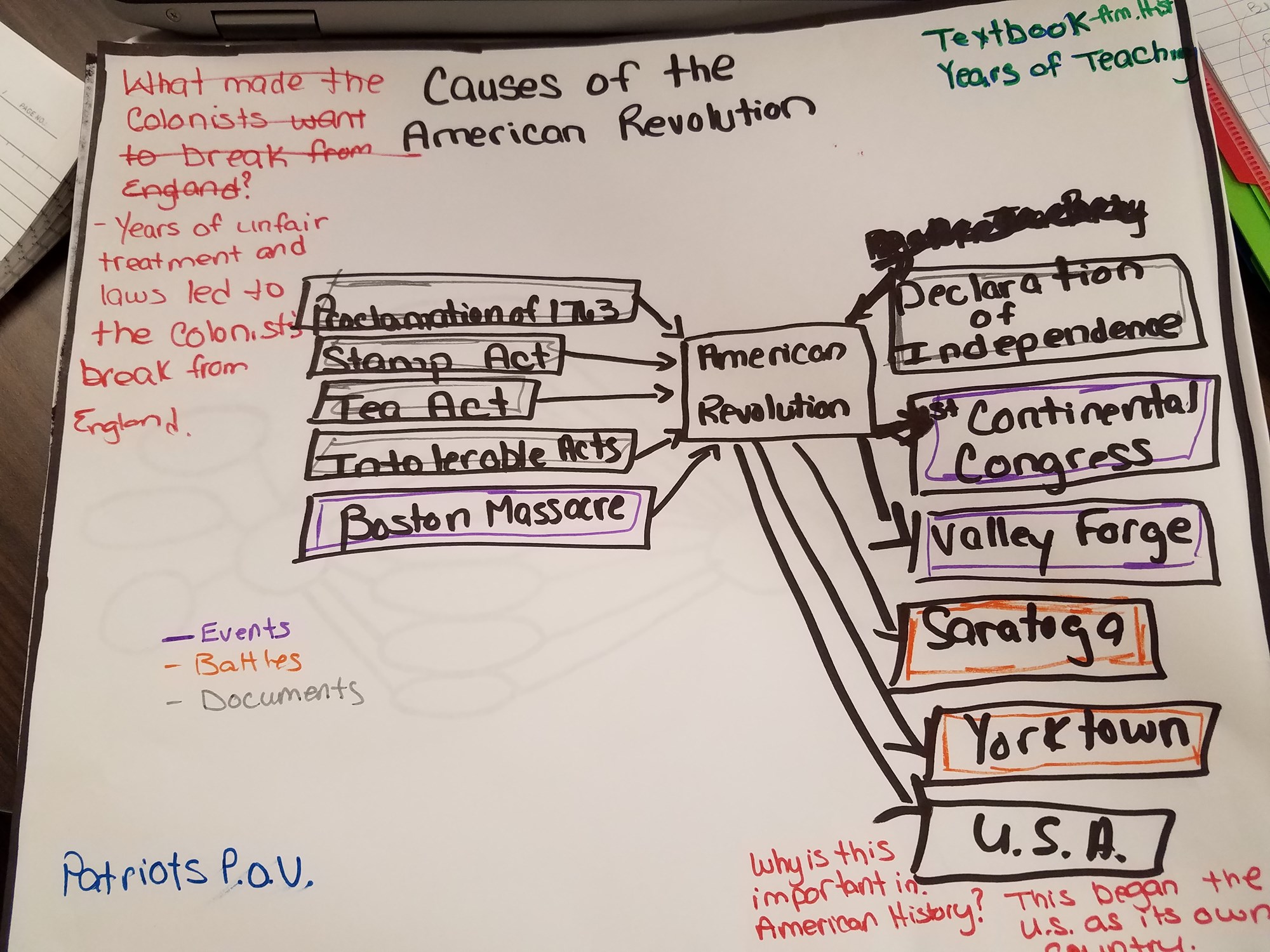
The Brace Map helps students think through whole-to-part relationships.
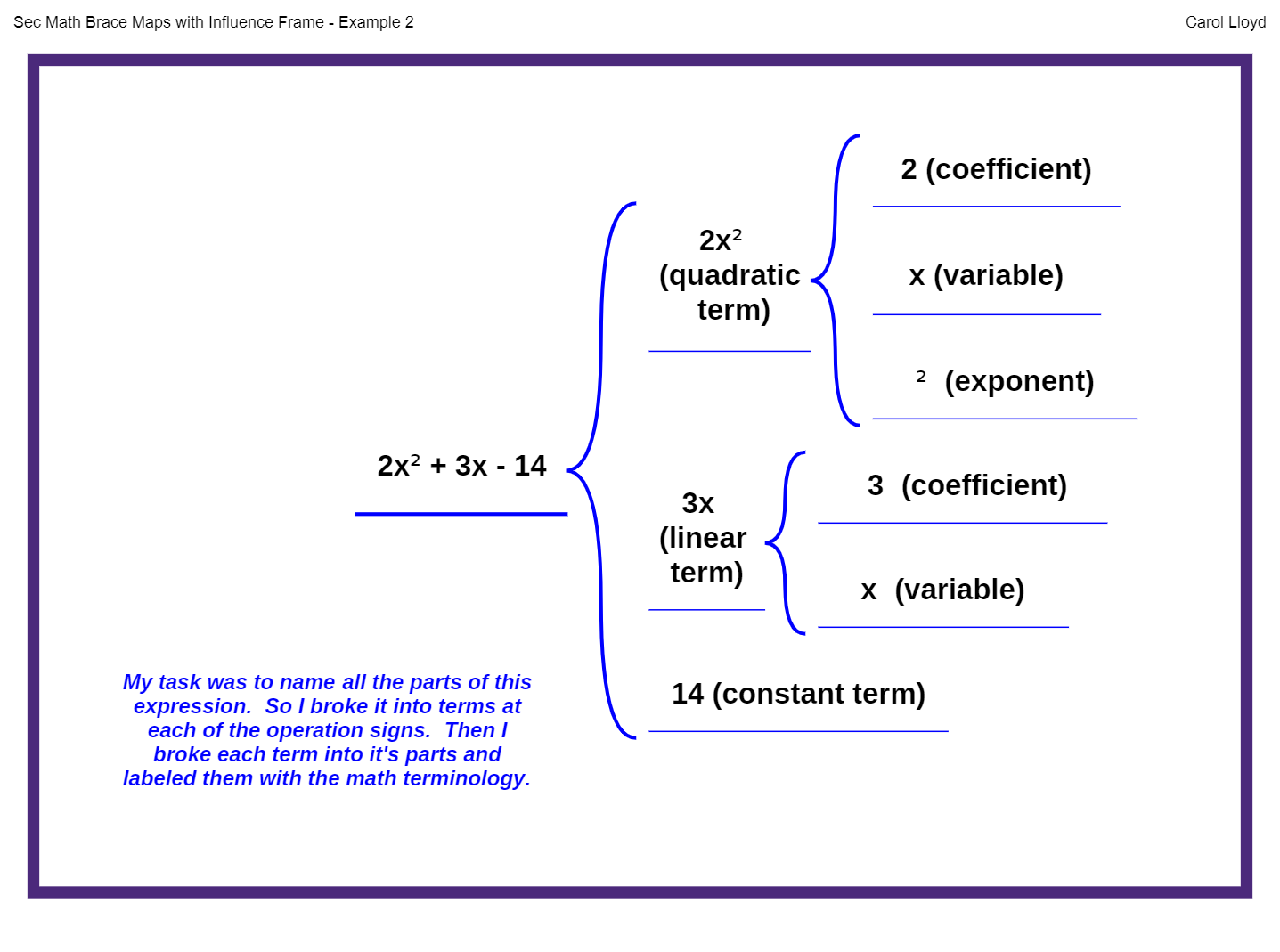
By using and combining the Maps in various ways, students learn how to activate and apply higher-order thinking skills such as analysis, evaluation, synthesis, problem-solving, and creation. Using Thinking Maps consistently across subjects and grade levels enables students to develop a deeper understanding of content while building transferable critical thinking skills.
Ready to build critical thinking skills for your students?
Thinking Maps training gives teachers the tools and strategies they need to build critical thinking into their core curriculum. Contact your Thinking Maps representative to learn more, or check out our training calendar.
Continue Reading
November 24, 2025
Critical thinking is having a moment in education, but in many classrooms, it is still more slogan than reality. Drawing on their district- and classroom-level work with Thinking Maps, we were joined by four practitioners who shared what it really looks like to build a culture where students—not teachers—do the heavy cognitive lifting. Here are their 5 key takeaways.
October 16, 2025
Across classrooms today, artificial intelligence is reshaping how students access and produce information. While AI can generate answers instantly, it often interrupts the deeper process of thinking and reflection that makes learning meaningful. The challenge for educators is not whether to use AI, but how to ensure students continue to engage in authentic, critical thought when it is present.
May 1, 2025
Artificial Intelligence (AI) is transforming education, from custom content in a minute to personalized learning. But with this surge in AI adoption comes a critical challenge for educators and students alike—the need to strengthen critical thinking skills. While AI offers immense potential, it cannot replace the human ability to think analytically, question assumptions, and make independent judgments.
November 15, 2024
Critical thinking is a cornerstone of success in all aspects of life—not only in academics and on the job, but also in personal decision-making, relationships, and citizenship. And yet, critical thinking skills are rarely explicitly taught. Student-directed activities grounded in real-world problems and applications can help students develop the critical thinking skills they need for everyday life.